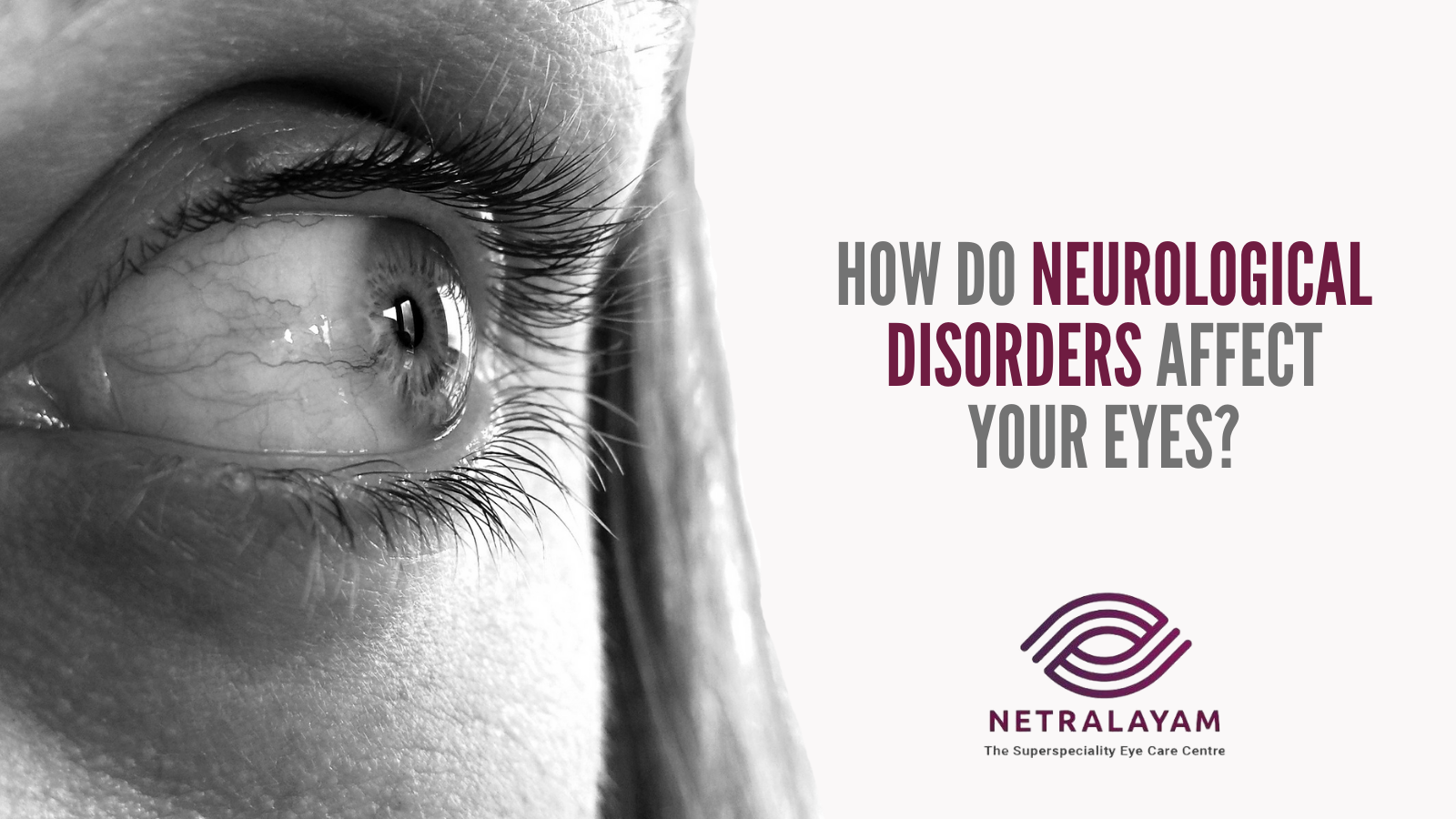Committed to Eye Care with Compassion, Technology and Competency
Committed to Eye Care with Compassion, Technology and Competency

10/27/2021
Millions of people currently suffer from various neurologic disorders and diseases that affect their vision and cause ocular symptoms that vary from double vision to dry eyes to legal blindness. This article discusses some common neurological disorders that can affect your eyesight.
The term optic neuritis means inflammation of the optic nerves. This is one of the most common neuro-ophthalmic conditions and is associated with demyelinating diseases, i.e., a loss of the protective myelin layer surrounding the nerve. The condition is usually related to optic neuritis is multiple sclerosis.
The main symptoms of optic neuritis consist of dimming of vision that happens over hours or days together with painful eye movements. This condition usually affects only one eye, and only in very rare cases will it occur in both eyes.
Optic neuritis most commonly occurs in young women. This condition is diagnosed with the help of the patient’s clinical history, a change in the visual field, the presence of an afferent pupillary defect, swelling of the optic nerve, and a decrease in visual acuity.
Treatment of optical neuritis includes the prescription of immunomodulatory agents to the patient. The recovery process of optic neuritis is often spontaneous, and the symptoms generally improve after 3 to 5 weeks.
This condition occurs when the optic nerve does not get uninterrupted and sufficient flow of blood. This disease has two types, the condition related to temporal arteritis and the condition unrelated to temporal arteritis.
The only constant symptom of this condition is sudden, painless vision loss.
The blockage to the optic nerve's blood supply can cause inflammation of the arteries (called arteritic) or without inflammation of the arteries (called nonarteritic).
In both of the above cases, the affected eye often suffers a permanent visual loss that may vary in its severity. However, the arteritic form is considered to be more severe.
This optic neuropathy disease has been found to occur across all genders, ethnicities, and even age groups. Glaucomatous optic nerve damage creates a subtle loss of peripheral vision, eventually causing complete blindness in more severe cases if left untreated.
A tricky issue about this condition is that it generally does not produce any particular symptoms until the later stages of the disease.
This condition is often caused by progressive loss of retinal ganglion cells and their axons. This leads to considerable functional and structural damage to the optic nerve, leading to visual impairment and blindness.
Any damage that has happened to an optic nerve is unfortunately irreversible. However, if detected earlier, measures can be taken to avoid further vision loss.
See Also. What is Glaucoma - Types, Symptoms, Causes, and Treatment
In this condition, the large and medium-sized arteries that extend from the patient’s neck up into their head get inflamed.
Giant Cell (Temporal) Arteritis usually affects a person's eyesight in one eye. Other symptoms usually include fever, a dry cough, jaw pain, headache, and issues with blood circulation in the arms. They are also at risk of getting aneurysms.
Even though the exact cause of Giant Cell Arteritis is uncertain, it is supposed to be an autoimmune disease. Additionally, genetic and environmental factors also play an important role in causing this disorder.
Treatment for this condition includes temporary administration of steroid medications. These medications can include glucocorticoids, which can prevent vision loss if started at an early stage. However, remember that these medications may have certain side effects, and so never take these medicines without consulting your doctor.
Disorders or conditions that affect the optic chiasm are called chiasm disorders. The chiasm is the intersection of the optic nerves of the left and right eyes where nerve fibers of each eye cross to the other side, helping a person focus using both eyes and perceive depth and provide him a normal field of vision.
The symptoms of optic chiasm can be very disabling. It can affect the person’s ability to read and visually navigate their surroundings. This means that driving vehicles may be impossible for people with this condition.
The most common causes of problems in optic chiasm include bleeding and problems with blood vessels in the brain. In some cases, trauma and tumors can also cause chiasm disorders.
A chiasm disorder is often treated by finding out its underlying cause.
See Also. Preventing The Most Common Eye Problems and Eye Diseases
Remember that treatment of a neuro-visual disorder is possible if conducted on time. If you are experiencing any of the neuro-visual disorders mentioned above or are battling any other neuro-ophthalmology issues, always remember that you can get the best treatment of neuro-visual disorder in Kolkata at Netralayam. So, call us or schedule your appointment with the best neuro-ophthalmologists in Kolkata today!
Comments are closed
